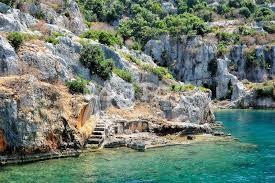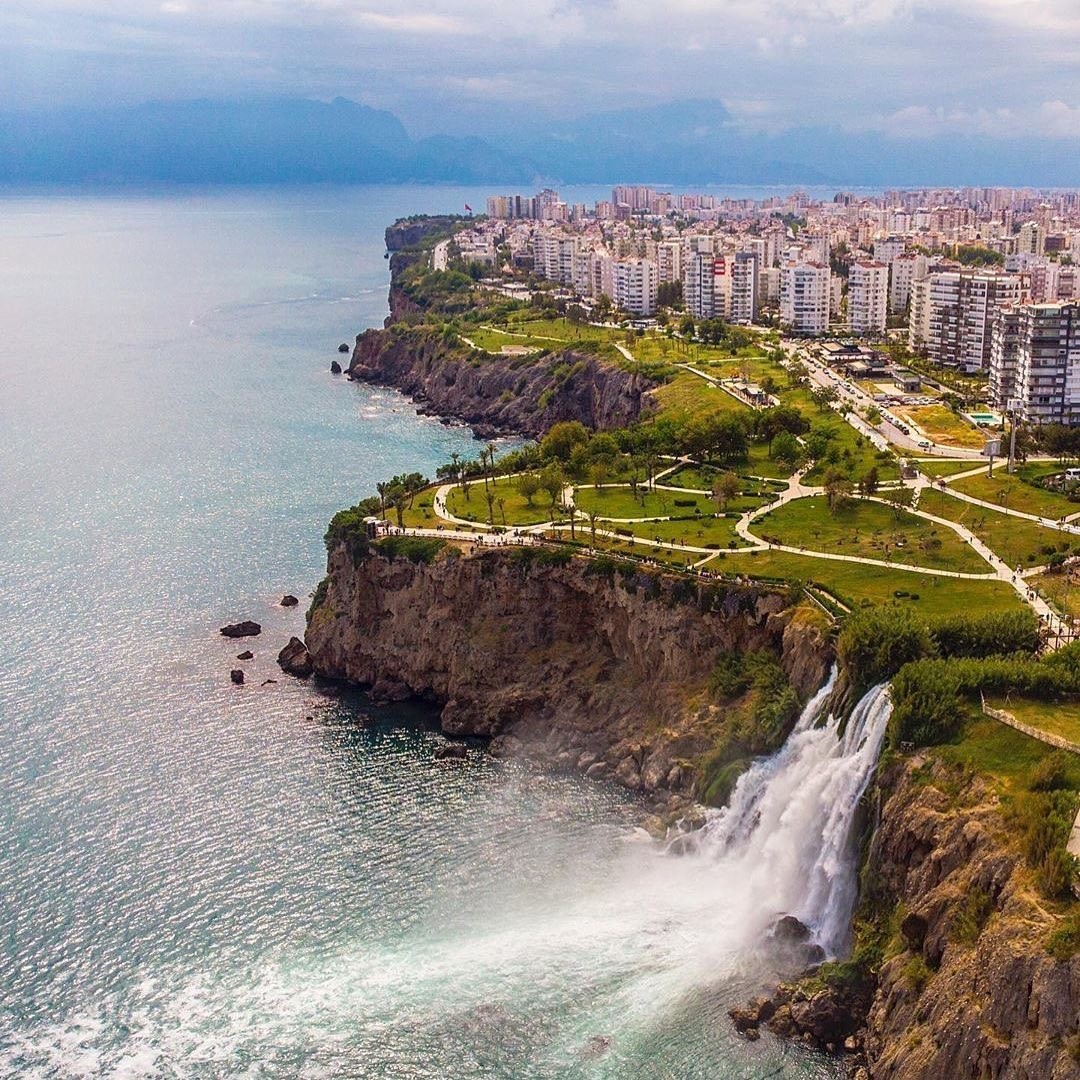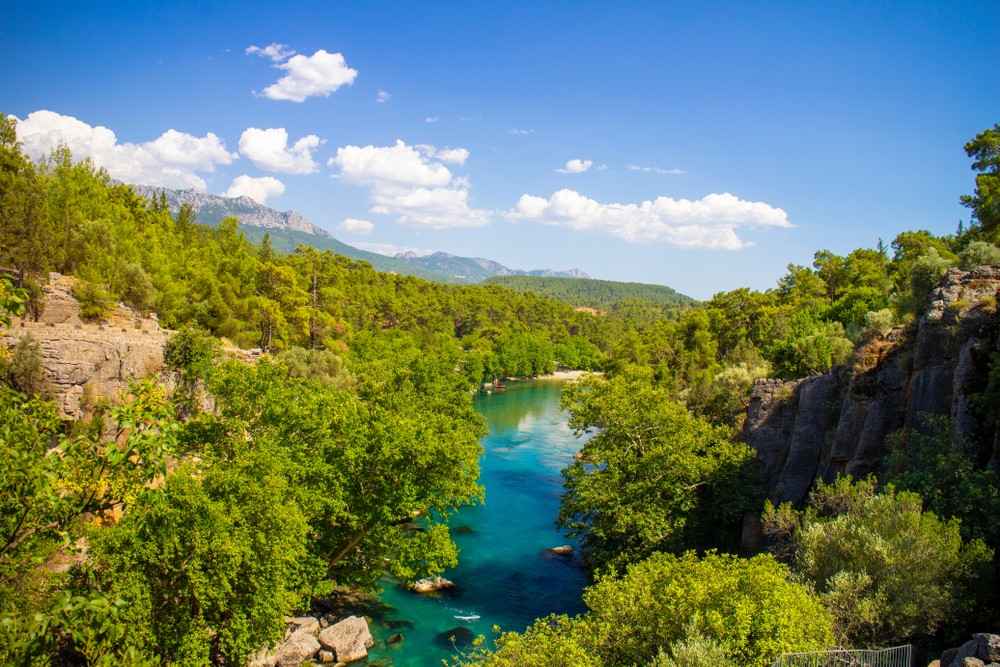The ancient city of Xanthos in Antalya's Kaş district, which is on the UNESCO World Heritage List, draws attention with its sad story and time-defying remains.
The Ancient City You Must Know Its History in Antalya: Xanthos
Gallery16 March 2020The city is on the UNESCO World Heritage List.
Excavations started by the French in 1950 in the Xanthos Ancient City in Kaş, Antalya, which is on the UNESCO World Heritage List, have been carried out by the excavation team of Akdeniz University. In the ancient city of Xanthos, which was the most important administrative center of the Lycian civilization and used as the capital in the 2nd century BC, it is seen that the Lycian period pillars and rock tombs have reached to date.

Xanthos Ancient City Has a Sad Story
Xanthos Ancient City takes its guests on a journey through history with its sad past with stories told about both historical ruins and wars in the city.

It became the most important city of the region starting from the 7th century BC until the 5th century.
Xanthos became the most important city of the region, starting from the 7th century to the 5th century, especially during the archaic and classical periods.

Starting from Antalya City Center of Lycia, Fethiye in the West and a Wide Area Extending to Elmalı in the North
Lycia spreads over a wide area starting from Antalya city center, stretching to Fethiye in the west and Elmalı in the north. Xanthos is also one of the cities that are included in the UNESCO heritage list in Anatolia. The city is listed as the fifth area by evaluating with Letoon.

Long Years Remained as the Largest City in the Region
The city has been the largest city in the region for many years. It is on the list of UNESCO as it is a high level administrative and economical place. The fact that the administrators of the region live in the city is a big factor especially in the construction of monumental tombs and other structures.
Xanthos was attacked many times in history due to being the leading city of the region.
Approximately 15 large inscribed grave monuments in the city are a major factor in the survival and promotion of the region's culture. Xanthos has been attacked many times in history because it is the leading city of the region. For example, it was occupied by the Persians in the middle of the 6th century BC. He was later attacked by the Athenian commander Kimon. About 400 years later, it was occupied by the Roman Brutus. The occupation of the Persians and Brutus was also written by Heradot.

According to the Legend
The legend also attracts many visitors to this city. Men who realize that they cannot protect the city; he puts children, elderly and women into the Lycian acropolis and burns it. Then they themselves die by fighting.

It Is Said That The Strongest Culture And Its Managers Live In The Region Over 500 Years In Xanthos
President of the Ancient City Excavation, who pointed out that the strongest and the administrators of the culture that dominated the region for 500 years lived in Xanthos Prof. Dr. Burhan Varkıvanç made the following assessment:
"These people are buried in erected monumental graves. There are graves that reflect the type of house. We can see that almost every ruler was buried in a monumental tomb and the majority of the graves have survived until today. After the occupation of Alexander, the Lycian culture has disappeared and a different cultural process has begun. As a language, Greek began to be spoken, so the Lycian culture disappeared, and Lycia lost its feature of being the biggest city of the region to Patara. There is a parliament building that is described in the inscriptions but not yet identified. There are many monumental tombs belonging to the Roman period. There is also a large residence, bey palace and theater. "







